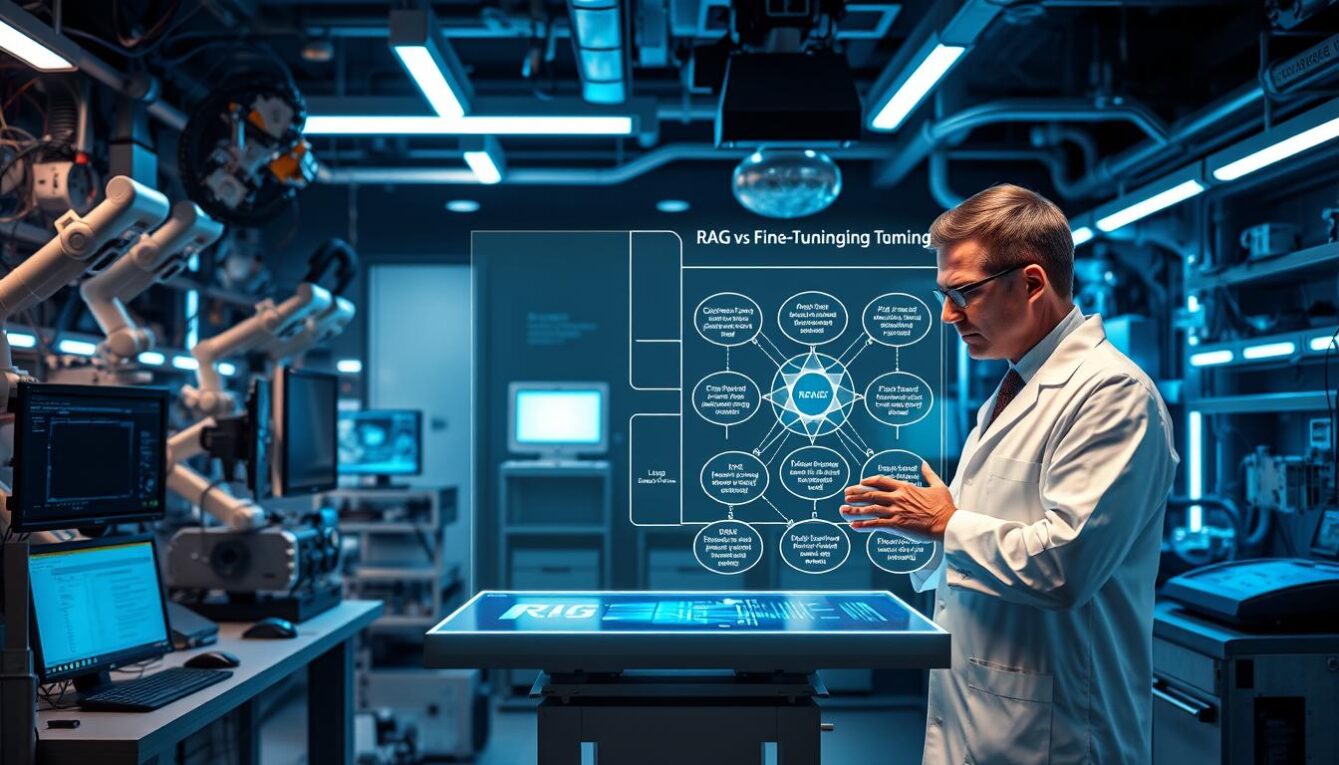DevSecOps and Integrating Security into DevOps
As software development continues to evolve, the need for security has become increasingly important. DevOps has revolutionized the way software is developed and delivered, but it has also raised new concerns around security. DevSecOps is a response to this challenge, integrating security into the DevOps process to create a more secure software development pipeline. In this article, we’ll explore the principles of DevSecOps, why it’s essential to integrate security into DevOps, the benefits and challenges of implementing DevSecOps, best practices, and tools and technologies you need to know.
DevSecOps: The Future of Software Development
DevSecOps is the future of software development, where security is integrated into every stage of the development process. The traditional approach of adding security as an afterthought has proven to be inadequate, with many high-profile security breaches caused by vulnerabilities that could have been addressed earlier. DevSecOps aims to change this by making security a shared responsibility across the development team, from developers to operations.
Understanding the Principles of DevSecOps
DevSecOps is built on the principles of collaboration, automation, and integration. Collaboration is essential to identify security concerns early in the development process, while automation helps to reduce human error and speed up the delivery of secure software. Integration ensures that security controls, such as access controls, encryption, and monitoring, are built into the development process from the beginning.
Why Integrating Security into DevOps is Essential
Integrating security into DevOps is essential because security threats are increasing in frequency and complexity. The traditional approach of addressing security after development has proven to be inadequate, as it often leads to delays, increased costs, and a lack of visibility over security risks. Integrating security into DevOps ensures that security is considered from the start, reducing the risk of vulnerabilities and improving the overall security posture of the organization.
The Benefits of Implementing DevSecOps
The benefits of implementing DevSecOps include improved security, faster time to market, reduced costs, and increased collaboration between development and security teams. By integrating security into the development process, security issues can be identified and addressed early, reducing the risk of security breaches. Faster time to market can be achieved by automating security checks and reducing the time spent on manual security testing. Collaboration between development and security teams can also be improved by breaking down silos and creating a shared responsibility for security.
The Challenges of Implementing DevSecOps
Implementing DevSecOps can be challenging, as it requires a cultural shift and changes to processes and technologies. Resistance to change, lack of expertise, and a lack of budget can also be barriers to implementing DevSecOps. However, the benefits of DevSecOps outweigh the challenges, and with the right approach, DevSecOps can be successfully implemented.
Best Practices for Implementing DevSecOps
Best practices for implementing DevSecOps include creating a culture of security, automating security controls, integrating security into the development process, and using secure coding practices. Creating a culture of security involves making security a shared responsibility across the development team and promoting security awareness. Automating security controls and integrating security into the development process helps to reduce human error and increase efficiency. Using secure coding practices, such as input validation and parameterized queries, helps to reduce the risk of vulnerabilities.
Secure Coding: A Key Component of DevSecOps
Secure coding is a key component of DevSecOps, as it helps to reduce the risk of vulnerabilities. Secure coding practices, such as input validation, parameterized queries, and error handling, can be integrated into the development process to create more secure software. Secure coding training can also be provided to developers to ensure that they are aware of the latest security threats and best practices.
The Role of Automation in DevSecOps
Automation plays a crucial role in DevSecOps, as it helps to reduce human error and speed up the delivery of secure software. Automation can be used to perform security tests, such as vulnerability scanning and penetration testing, and to enforce security policies, such as access controls and encryption. Automation also helps to reduce the time spent on manual security testing, freeing up developers to focus on other tasks.
The Importance of Collaboration in DevSecOps
Collaboration is essential in DevSecOps, as it helps to break down silos and create a shared responsibility for security. Collaboration between development and security teams can be achieved by involving security in the development process from the start, sharing security information and tools, and promoting a culture of security. Collaboration can also be enhanced by using collaboration tools, such as chat platforms and project management tools.
DevSecOps Tools and Technologies You Need to Know
There are several DevSecOps tools and technologies that you need to know, including vulnerability scanners, penetration testing tools, access controls, encryption, and monitoring tools. These tools can be used to automate security checks and enforce security policies, reducing the risk of vulnerabilities and improving the overall security posture of the organization.
DevSecOps Metrics: Measuring Your Success
Measuring the success of DevSecOps is essential to ensure that it’s delivering the desired outcomes. DevSecOps metrics can be used to measure the effectiveness of security controls, the speed of delivery, and the overall security posture of the organization. Metrics such as mean time to detect (MTTD) and mean time to respond (MTTR) can be used to measure the efficiency of security controls, while metrics such as vulnerability density and number of incidents can be used to measure the overall security posture.
The Future of DevSecOps: Trends and Predictions
The future of DevSecOps is likely to involve greater automation, increased collaboration, and a focus on continuous security. As organizations continue to adopt DevSecOps, the tools and technologies used are likely to become more sophisticated, with greater emphasis on machine learning and artificial intelligence. The focus on continuous security is likely to drive the adoption of DevSecOps, as organizations look to reduce the risk of security breaches and protect their assets.
DevSecOps and Integrating Security into DevOps
DevSecOps is essential for creating a more secure software development pipeline. By integrating security into the DevOps process, organizations can reduce the risk of security breaches, improve the overall security posture, and deliver software faster and more efficiently. Implementing DevSecOps can be challenging, but with the right approach, it can be successfully implemented. The future of DevSecOps is likely to be characterized by greater automation, increased collaboration, and a focus on continuous security.










